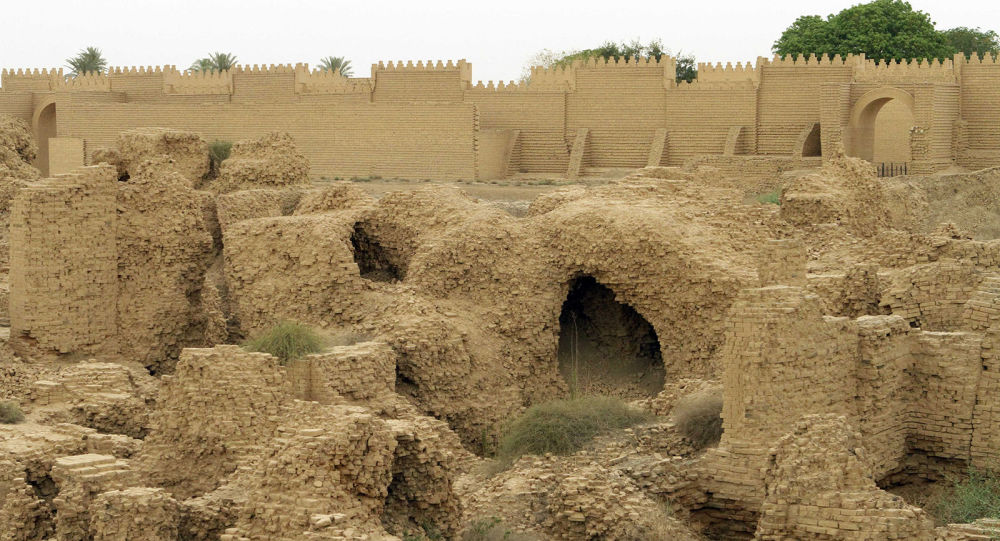Exploration work in northwestern Saudi Arabia has uncovered rock inscriptions and drawings dedicated to King Nabonidus of Babylon.
Archaeologists from the Commission on the Heritage of Saudi Arabia have found unique rock inscriptions and drawings, which are already recognized as the largest of its kind, ever found in the kingdom, according to Al Arabiya News.
The drawings date back to the 6th century BC. The central figure is the image of Nabonidus – the last king of Babylon. He ruled the kingdom of New Babylon from 556 to 539 BC.
The “king-archaeologist,” as Nabonidus is called, loved to rebuild ancient temples. In the surviving texts it is said that in a dream he had a deity who ordered the king to rebuild a certain temple using ancient customs and rituals. Therefore, Nabonidus with great zeal sought the memorial bulls that his predecessors laid in the foundations of temples.
He also went down in history as the last king of Babylon of the Chaldean dynasty. At the end of his reign, the state was conquered by the Persians, led by Cyrus the Great. In a drawing found by archaeologists, Nabonidus is depicted surrounded by religious symbols, holding a scepter in his hand.
He also went down in history as the last king of Babylon of the Chaldean dynasty. At the end of his reign, the state was conquered by the Persians, led by Cyrus the Great. In a drawing found by archaeologists, Nabonidus is depicted surrounded by religious symbols, holding a scepter in his hand.
The figure is accompanied by an inscription of 26 lines – the longest found in Saudi Arabia. It has yet to be deciphered. In their statement, the researchers claim that this finding is “additional evidence of the historical role of the kingdom as the cradle of civilizations in the Arabian Peninsula.”









